- Shop Now
- Burncoose Specialities
- This Month
- Offers & Promotions
- RHS Chelsea Flower Show 2024
- 40 years at Burncoose
- Engage With Us
- Information, Help & Advice
- About Us & Our Services
- Terms & Conditions
- Log In / Register
HEDERA
Commonly known as Ivy
An essential climber for any garden. The native H. helix, with holly and fir, is one of the essential winter celebration trio.
The most valuable winter food for birds, the berries forming by November and ripening by Christmas.
Genus of about 22 species of evergreen, woody-stemmed, trailing or self-clinging climbers.
They are found in light woodland or on trees and rocks in N. Africa, the Canary Islands, the Azores and Madeira, and from Europe to the Himalayas, China, Korea and Japan.
They show two distinct stages of growth. In the creeping or climbing juvenile stage they have adventitious rootlets, lobed leaves and hairy shoots. In the adult stage they produce aerial "bushes" with entire leaves and flowers and fruit.
The native H. helix has produced numerous variants and cultivars, many of which are easily grown as houseplants, in hanging baskets or containers.
-
EvergreenIn a host of variegations.
-
ClimberSome of these climbing plants will need trellis or wire supports if grown on walls or fences. Other grow aerial roots and are self-clingingWoody-stemmed, self-clinging climber.
-
Ground coverThese plants are typically low growing and spread quickly to inhibit weed growth on areas of bare soilWoody-stemmed trailing shrub.
-
Additional Features
 Good to knowValuable wildlife plant - birds, insects. Ivies have two distinct stages of growth. The juvenile creeping or climbing stage has stem rootlets and lobed leaves. The adult stage produces 'bushes' of oval, usually entire leaves .
Good to knowValuable wildlife plant - birds, insects. Ivies have two distinct stages of growth. The juvenile creeping or climbing stage has stem rootlets and lobed leaves. The adult stage produces 'bushes' of oval, usually entire leaves . Place of originNorth Africa, Canary Islands, Azores, Madeira, and from Europe to Himalayas, China, Korea and Japan.
Place of originNorth Africa, Canary Islands, Azores, Madeira, and from Europe to Himalayas, China, Korea and Japan. -
Toxic - Category C
 Harmful if eatenPeople and pets, i.e. cats, dogs, rabbits, rodents
Harmful if eatenPeople and pets, i.e. cats, dogs, rabbits, rodents May cause skin allergyPeople and pets, i.e. cats, dogs, rabbits, rodents
May cause skin allergyPeople and pets, i.e. cats, dogs, rabbits, rodents Skin irritantPeople and pets, i.e. cats, dogs, rabbits, rodents
Skin irritantPeople and pets, i.e. cats, dogs, rabbits, rodents
Buy Varieties of HEDERA
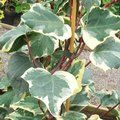
HEDERA canariensis 'Variegata'
(Gloire de Marengo) - silver grey to white variegation


HEDERA colchica 'Dentata Variegata'
grey and cream variegated

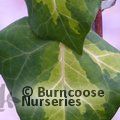
HEDERA colchica 'Sulphur Heart'
('Paddy's Pride') - leaves suffused & splashed gold

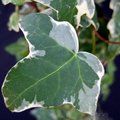
HEDERA helix 'Glacier'
grey-green leaf margined white
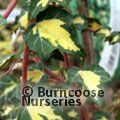
HEDERA helix 'Goldheart'
centre of leaves splashed gold
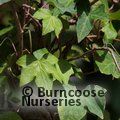
HEDERA helix 'Green Ripple'
jaggedly lobed leaves
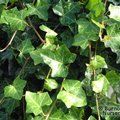
HEDERA helix 'Hibernica'
green ivy, good ground cover
Useful extras...



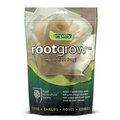




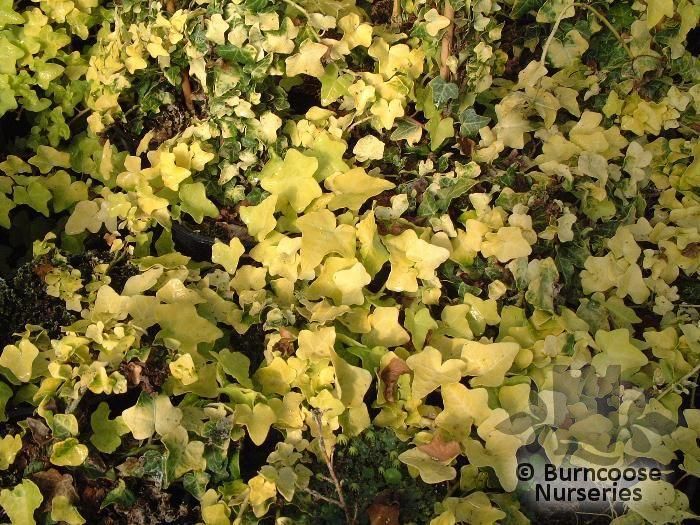




 Gift-wrapping available
Gift-wrapping available




